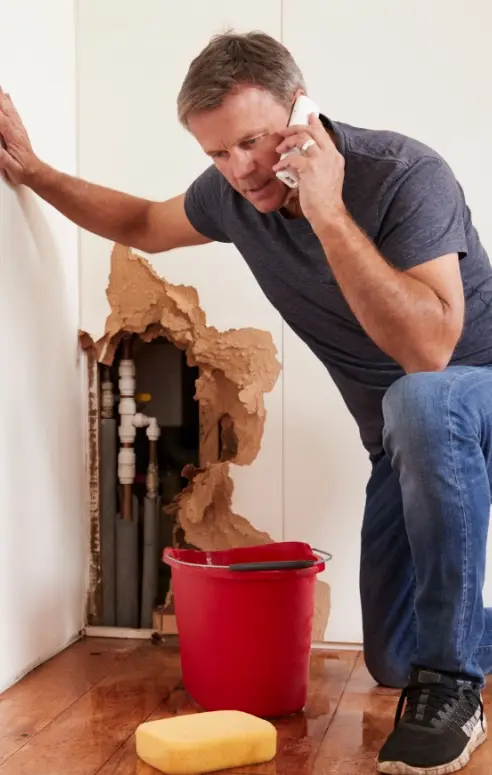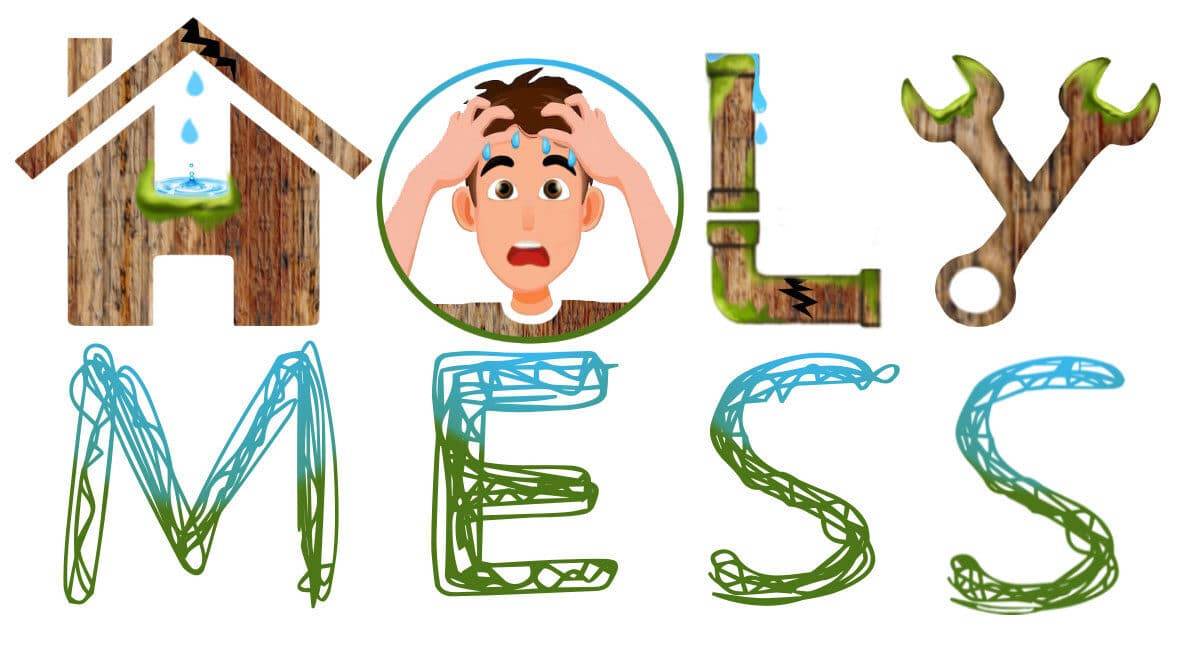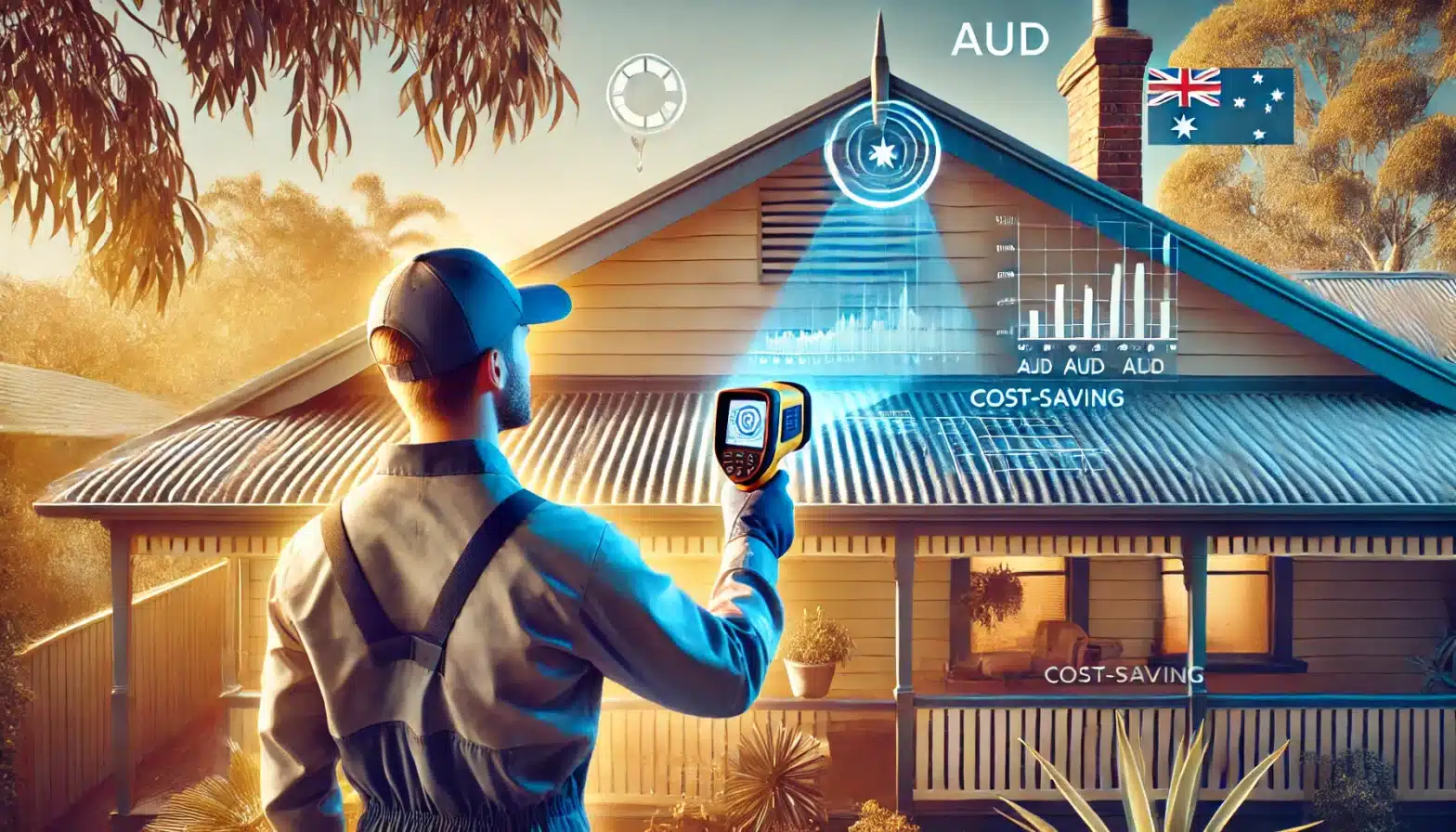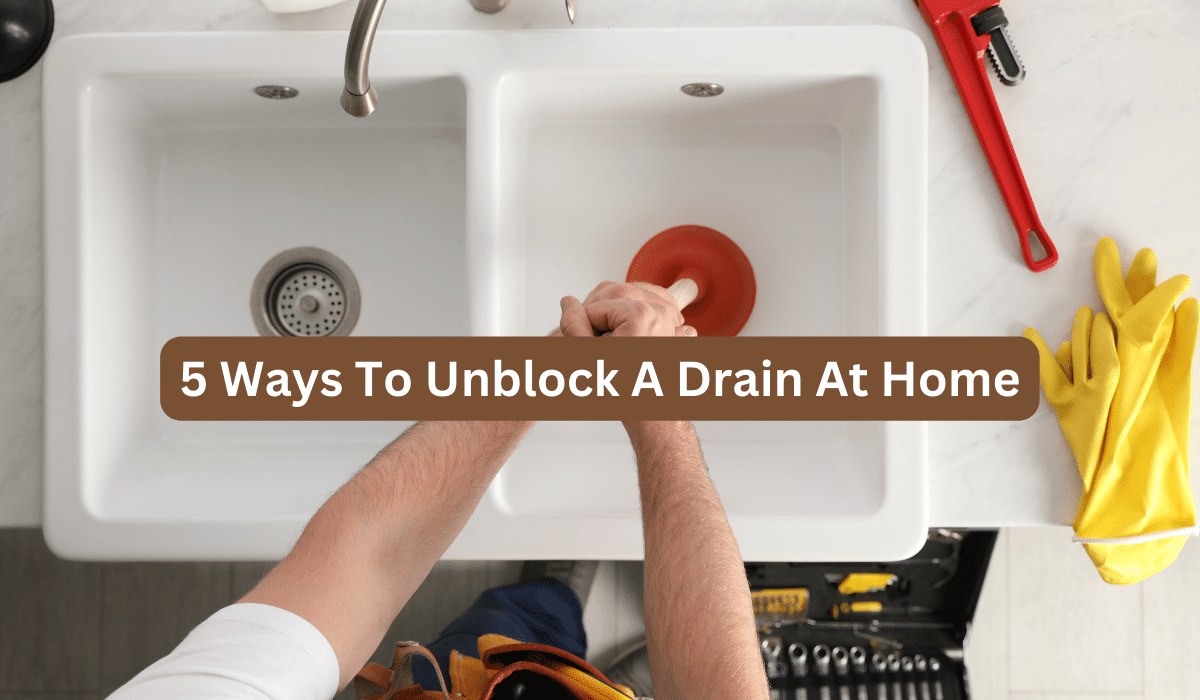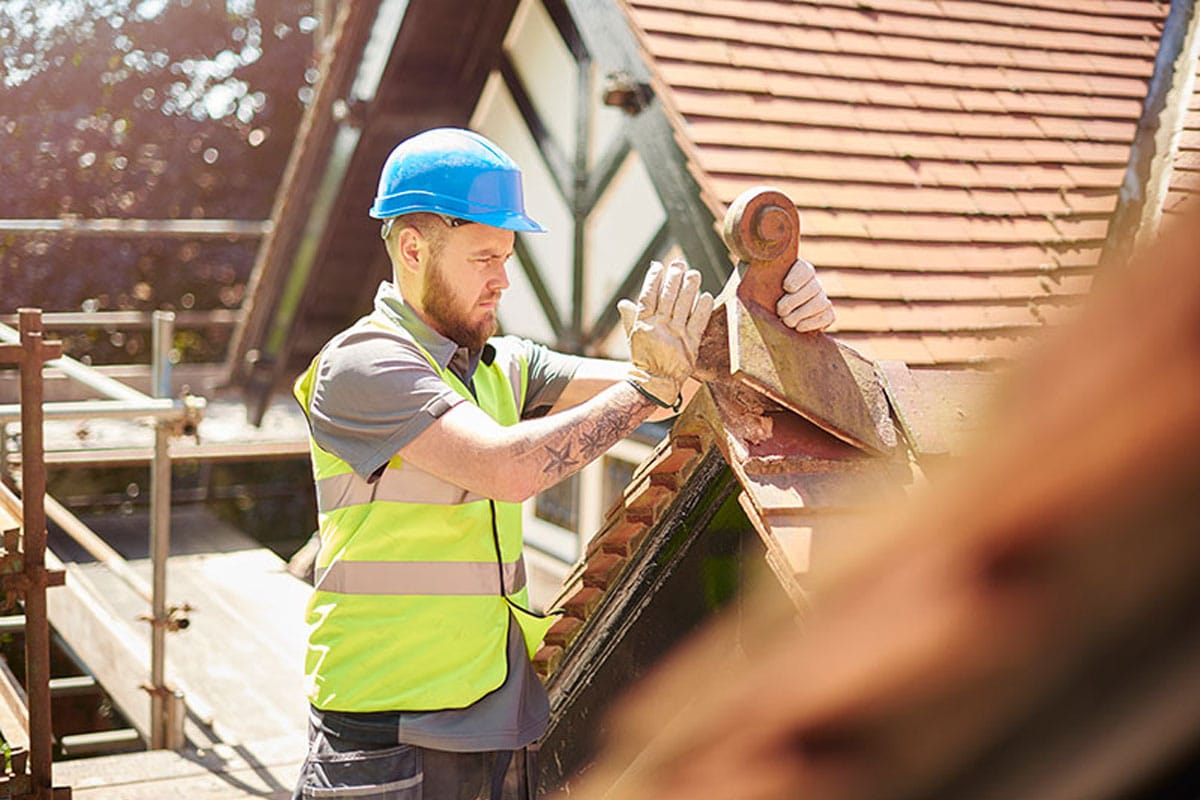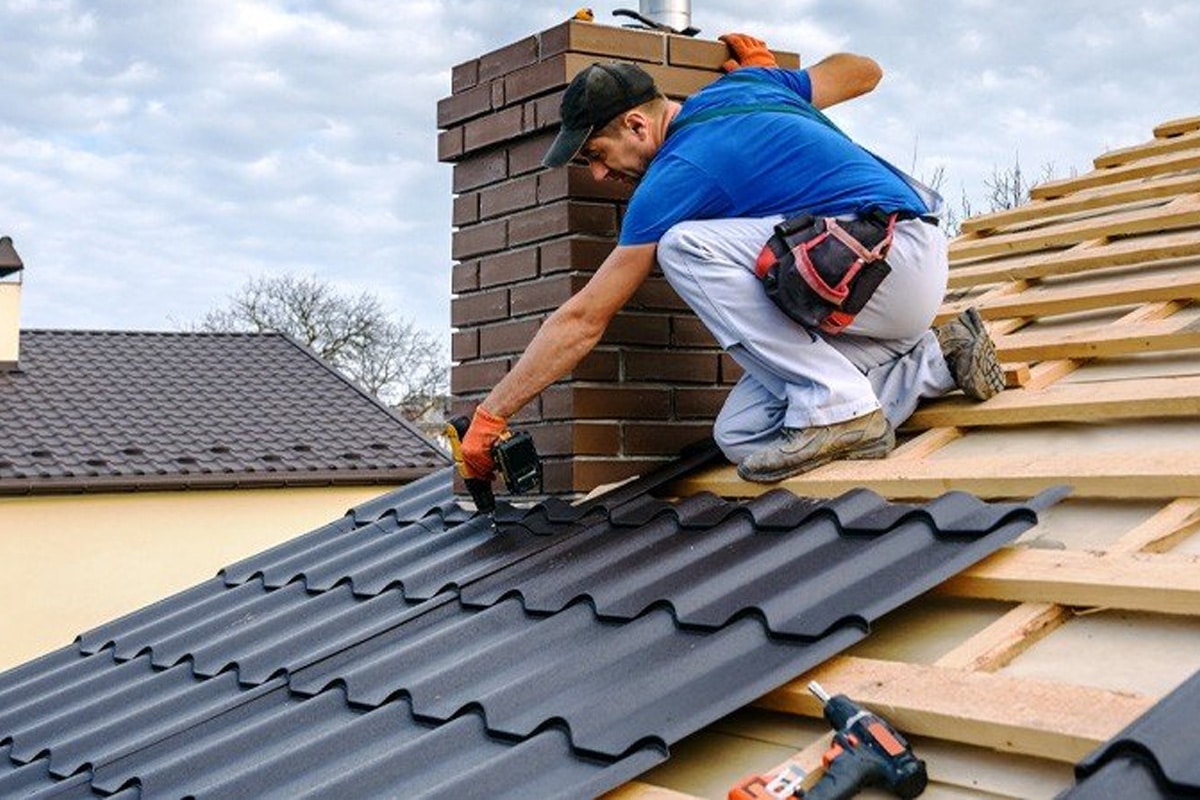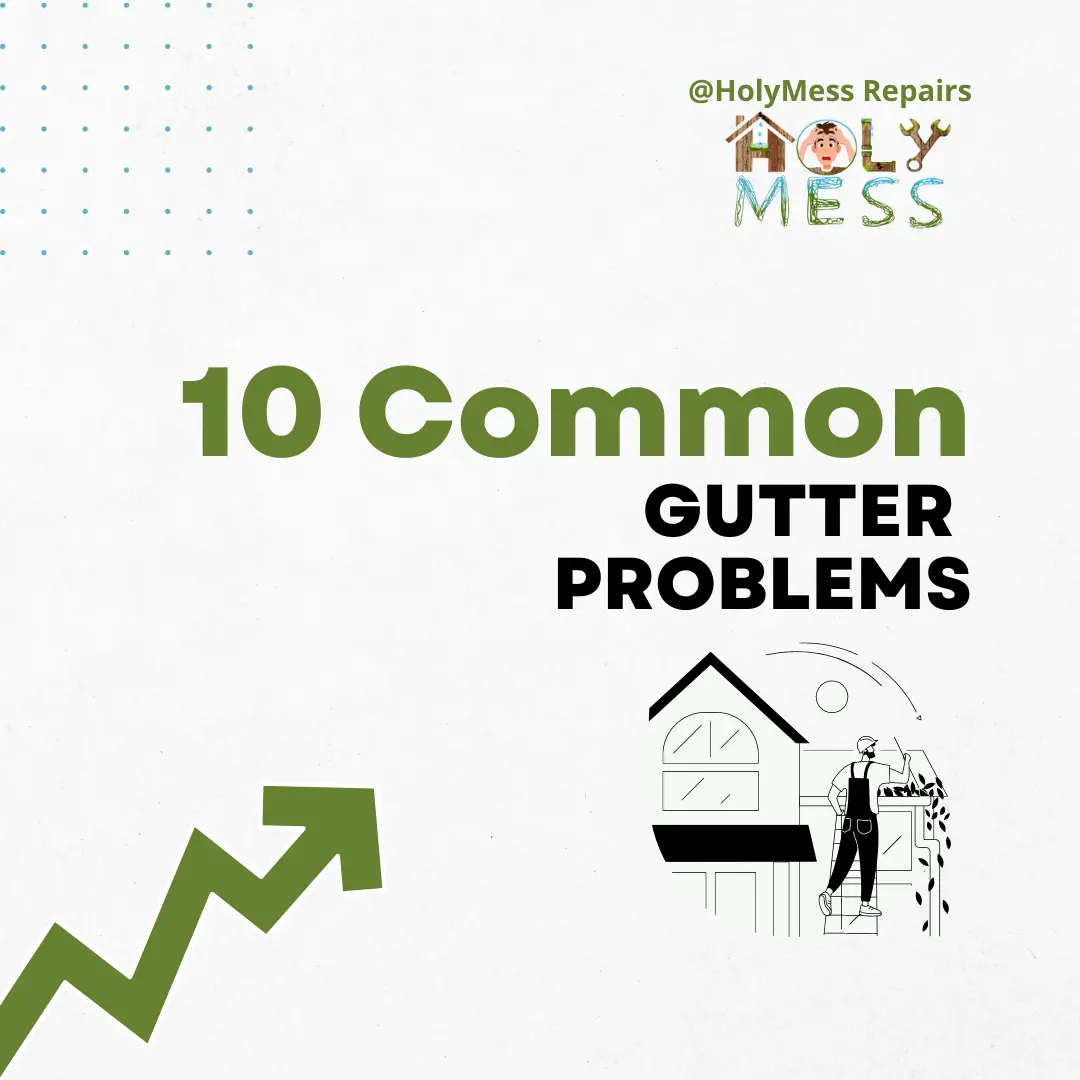If you have ever wondered, How Much Does It Cost To Detect A Water Leak? Here’s a quick answer; “On average, Australian homeowners can expect to pay anywhere from $150 to $500 for professional leak detection services.” This range largely depends on a combination of factors, which we’ll explore in-depth. Water leaks can be silent …
Continue reading “How Much Does It Cost To Detect A Water Leak In 2025? “


